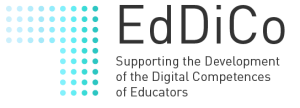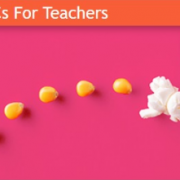Effective Practices
The purpose of this book is to provide guidance and advice for instructors who would like to develop an online course. The overall goal is to provide some clarity about many of the steps required to propose and design a course, to describe the resources needed, and to explain the roles of the stakeholders. Online courses generally take much longer to develop than most people realize. The information in this book is very important in that it is based on practical experience gleaned from those that have designed and offered successful courses.
But why “learning experiences”? Most people think of learning in an official capacity as a course. The design of a course is often referred to as instructional design. Sometimes courses are designed by the instructor, but in other instances specific people other than the instructor provide the role of instructional designer. Over the past decade, changes to the online world have resulted in newer ways of thinking about learning that go beyond instruction and courses to learning experiences. Our hope is that, if you have already not begun to think in terms of learning experiences, that this book will help you transition your thinking in that direction(or continue to evolve it for those that have already started).
For many, the arrival of Massive Open Online Courses (MOOCs) created a new paradigm of learning where some courses could be massive and open to anyone in the world (even though that had been happening in several places long before MOOCs were a thing). The other end of the spectrum from MOOCs would be small online courses with limited enrollment – which many think of as traditional online courses. Then there are many courses that fall in the middle of these two points: massive limited enrollment courses, small open courses, and so on. This book will cover as many issues common to all of those options as possible.
Good luck as you embark on or return into the world of online learning!



